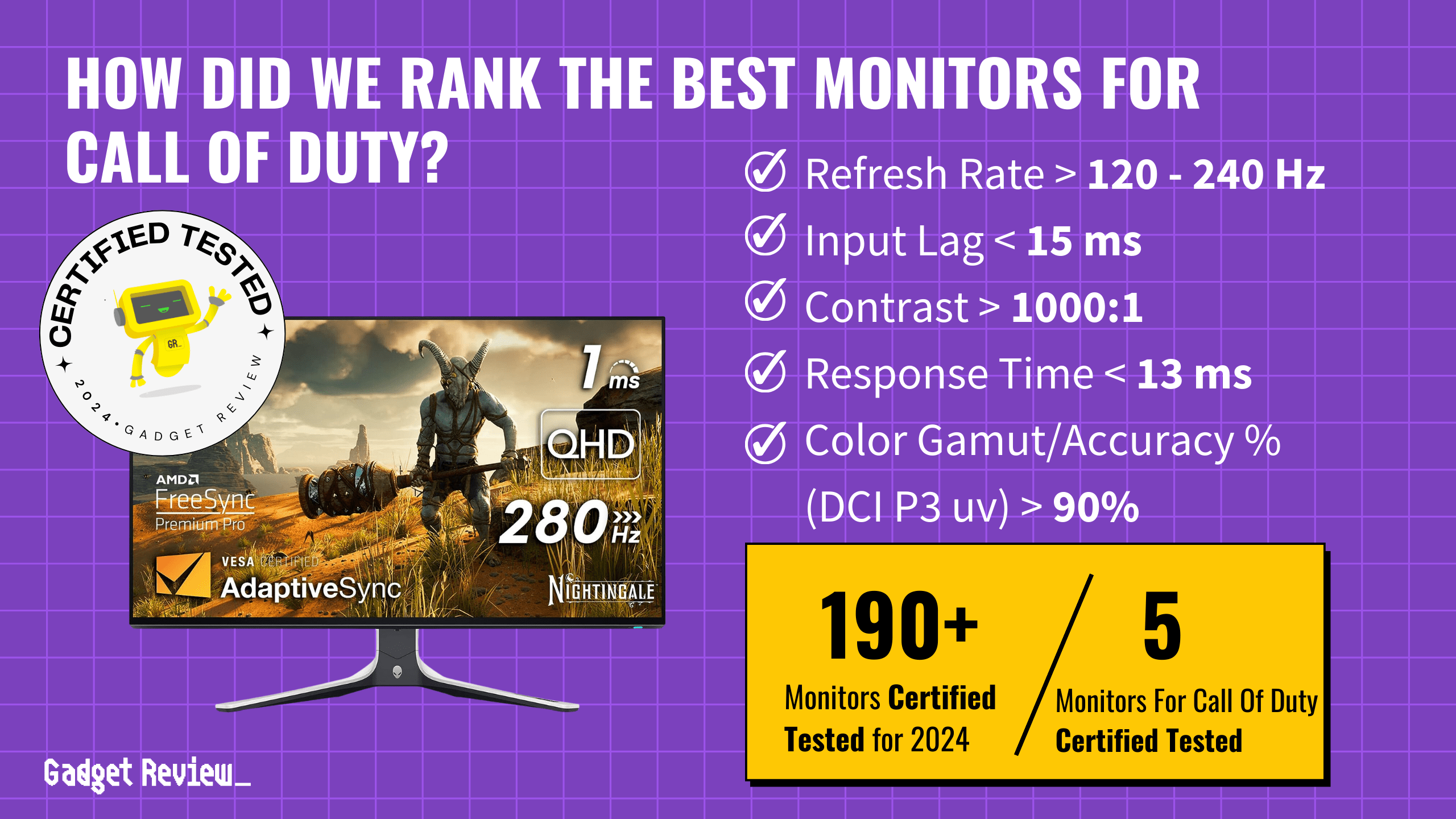If you are shopping around for a new display, you may have come across some unusual-looking curved monitors. The best computer monitors, after all, come in a wide variety of shapes, designs, and sizes. Keep reading to learn more about the differences between curved and flat monitors. Let’s explore if a curved screen might be good for your setup.
Key Takeaways_
- The top curved gaming monitors are built for immersion, offering a wide field of view and a wraparound design that excels while watching movies.
- Curved screens also offer reduced eye strain and the ability to natively support the 21:9 aspect ratio.
- Flat screens tend to be cheaper, easier to mount on a wall, and feature designs that tend to reduce glare.
Differences Between Curved Monitors and Flat Monitors
The obvious difference here is the shape, with curved monitors featuring bold curvatures all the way towards the edge and flat monitors lacking this unique feature. As a result, a curved monitor can fill more of your field of view at the same diagonal measurement and from the same distance away, or it can squeeze a larger screen into the same horizontal space. However, the curved display comes at a premium cost, and it introduced unique downsides as well that flat monitors don’t experience.
Immersion
The primary benefit of choosing a curved screen is immersion. When you sit in front of a curved monitor you simply feel closer to the action than with a flat monitor. This holds whether you are watching your favorite streaming content or playing intense video games. As a matter of fact, increased immersion is the primary way in which curved computer monitors are marketed to consumers. Curved monitors enhance peripheral vision and give you a wider view of the action.
Aspect Ratio
Both curved and flat monitors are available in both standard 16:9 widescreen as well as the 21:9 ultrawide aspect ratio. However, because of the curve, a curved monitor may take up less desk space (at least horizontally) for the same ultrawide resolution. Taking that in addition to the immersion factor of a curved display means that they may be preferred over flat-screens in this case.
Eye Comfort
Many studies have indicated that curved monitors offer increased eye comfort, due to the nature of the design and the emphasis placed on peripheral vision. As an added bonus, these curved displays also offer a wider field of view. This can enhance visuals and productivity too, making curved monitors appealing to those who use them for work. See our list of best monitors for designers for examples.
insider tip
Whether your screen is curved or flat, be sure not to sit too close to it, both for the sake of your eye health as well as to see the optimal picture quality.
Wall Mounting
It is easy to mount a flat monitor to a wall or just about anywhere else, but the same cannot be said for a curved display. The curvature radius translates to a poor fit when it comes to mounting on a wall. Curved displays are often large and heavy to boot, which can be an additional wrinkle in the mounting process.
Glare
Due to the curvature inherent to the design of curved monitors, they can be more susceptible to glare than flat monitors in certain situations, depending on the direction and intensity of lights in your environment. A curved display can diffuse a direct reflection across a wider area, making the glare less obvious, but bright light from side-on could cast itself unusually far along the monitor due to the same aspect of its geometry. Thus, the results are inclusive as far as reflection handling is concerned.



























